We left the Isle of Skye with wonderful memories of an amazingly beautiful landscape. Back on the mainland, we were were into the Northern Highlands of Scotland. And we hadn't driven far before we could see Eilean Donan Castle, near the little town of Dornie. Set in a magical position on a small island where three lochs meet, it is linked to the mainland with an arched stone bridge. It is a much photographed bridge, and many tourism brochures use an image of this castle.
But a little further as we drove through Glen Shiel another lovely vision came into view. The water in Loch Cluanie was very still, and reflected beautifully the mountains on the other side. Almost impossible to see where real met reflection, it caused many travellers to stop and take in the sight. Interesting how such a sight stifles conversation, and people seemed to suck up the view rather than talk about it.
Mountains and lochs, streams and rocks, pine forests and wildflowers - the magnificence of the landscape kept surprising us. Near Fort William, where we spent the night, we were really surrounded by mountains as Ben Nevis, the UKs highest mountain, was not far away.. Next morning we crossed Loch Linhe and took a drive to Strontian, mainly to view the huge pink and purple rhododendron plants that line the roads here. We have seen so many of these plants now, and it is always amazing to see plants that seem exotic to us at home, growing here in such profusion.
And so it continued until we arrived at Oban, a waterfront town best known for whisky and the Oban Distillery. We had hoped to do a tour here but they were booked out, so instead we took in the waterfront and the town. It was a busy place, both because it is the main town in this area but also because the ferries to a number of the islands (like Mull) leave from there.
On the hill above the town is a construction that that looks like the Roman Colosseum, but is in fact McCaig's Tower. It was commissioned in 1897 by local philanthropist John McCaig whose aim was to provide work for local unemployed stonemasons as well as a providing a lasting memorial to his family. It was to include a museum and art gallery and also statues of him and his family, but his death meant only the outer walls were completed. Certainly it is a sight not expected here, though we have got accustomed to seeing Roman ruins in places that seem very far from Rome.
Oban is also known for its fishing industry, so a fish tea, as it is called here, finished the day.
Lochs, glens, and mountains
Sunday, June 09, 2013
 Oban, Scotland, United Kingdom
Oban, Scotland, United Kingdom
Other Entries
-
19Kusadasi and Ephesus
May 0931 days prior Kusadasi, Turkeyphoto_camera51videocam 0comment 0
Kusadasi, Turkeyphoto_camera51videocam 0comment 0 -
20Ayvalik to Gallipoli
May 1228 days prior Canakkale, Turkeyphoto_camera35videocam 0comment 0
Canakkale, Turkeyphoto_camera35videocam 0comment 0 -
21Istanbul again
May 1624 days prior Istanbul, Turkeyphoto_camera71videocam 0comment 2
Istanbul, Turkeyphoto_camera71videocam 0comment 2 -
22Cotswolds drive
May 1822 days prior Aylesbury, United Kingdomphoto_camera33videocam 0comment 0
Aylesbury, United Kingdomphoto_camera33videocam 0comment 0 -
23Bluebells! Yeh!
May 1921 days prior Aylesbury, United Kingdomphoto_camera15videocam 0comment 0
Aylesbury, United Kingdomphoto_camera15videocam 0comment 0 -
24Gastro pub or not?
May 2020 days prior Aylesbury, United Kingdomphoto_camera21videocam 0comment 0
Aylesbury, United Kingdomphoto_camera21videocam 0comment 0 -
25From Aylesbury to Bishop's Frome
May 2119 days prior Bishops Frome, United Kingdomphoto_camera48videocam 0comment 0
Bishops Frome, United Kingdomphoto_camera48videocam 0comment 0 -
26Books and a prince
May 2317 days prior Hay-on-Wye, United Kingdomphoto_camera25videocam 0comment 0
Hay-on-Wye, United Kingdomphoto_camera25videocam 0comment 0 -
27'Shroosbury' or 'Shrowsbury'
May 2416 days prior Shrewsbury, United Kingdomphoto_camera20videocam 0comment 1
Shrewsbury, United Kingdomphoto_camera20videocam 0comment 1 -
28A bit of Industrial revolution
May 2515 days prior Ironbridge, United Kingdomphoto_camera20videocam 0comment 0
Ironbridge, United Kingdomphoto_camera20videocam 0comment 0 -
29Towns and villages, hills and dales
May 2614 days prior Chester, United Kingdomphoto_camera56videocam 0comment 0
Chester, United Kingdomphoto_camera56videocam 0comment 0 -
30Ships, Fab Four and Jamie's Italian
May 2713 days prior Liverpool, United Kingdomphoto_camera38videocam 0comment 0
Liverpool, United Kingdomphoto_camera38videocam 0comment 0 -
31Travelling north to Edinburgh
May 2812 days prior Skipton, United Kingdomphoto_camera53videocam 0comment 0
Skipton, United Kingdomphoto_camera53videocam 0comment 0 -
32Edinburgh - we loved it!
May 3010 days prior Edinburgh, United Kingdomphoto_camera93videocam 0comment 0
Edinburgh, United Kingdomphoto_camera93videocam 0comment 0 -
33To the Highlands
Jun 045 days prior Stonehaven, United Kingdomphoto_camera53videocam 0comment 0
Stonehaven, United Kingdomphoto_camera53videocam 0comment 0 -
34To Inverness and further north
Jun 054 days prior Inverness, United Kingdomphoto_camera58videocam 0comment 2
Inverness, United Kingdomphoto_camera58videocam 0comment 2 -
35Idyllic isle
Jun 072 days prior Isle of Skye, United Kingdomphoto_camera71videocam 0comment 0
Isle of Skye, United Kingdomphoto_camera71videocam 0comment 0 -
36Lochs, glens, and mountains
Jun 09 Oban, United Kingdomphoto_camera30videocam 0comment 0
Oban, United Kingdomphoto_camera30videocam 0comment 0 -
37Robbie Burns and Glasgow
Jun 101 day later Glasgow, United Kingdomphoto_camera67videocam 0comment 2
Glasgow, United Kingdomphoto_camera67videocam 0comment 2 -
38To the lake and under the trees
Jun 123 days later Lake District, United Kingdomphoto_camera49videocam 0comment 0
Lake District, United Kingdomphoto_camera49videocam 0comment 0 -
39Another drive in the lakes area
Jun 156 days later Lake District, United Kingdomphoto_camera38videocam 0comment 0
Lake District, United Kingdomphoto_camera38videocam 0comment 0 -
40To York via North Yorkshire Dales
Jun 178 days later York, United Kingdomphoto_camera38videocam 0comment 0
York, United Kingdomphoto_camera38videocam 0comment 0 -
41Whitby, and more
Jun 189 days later Whitby, United Kingdomphoto_camera65videocam 0comment 0
Whitby, United Kingdomphoto_camera65videocam 0comment 0 -
42Exploring York and gardens around
Jun 1910 days later York, United Kingdomphoto_camera48videocam 0comment 0
York, United Kingdomphoto_camera48videocam 0comment 0 -
43Cambridge and then home
Jun 2213 days later Cambridge, United Kingdomphoto_camera21videocam 0comment 0
Cambridge, United Kingdomphoto_camera21videocam 0comment 0

 Oban, Scotland, United Kingdom
Oban, Scotland, United Kingdom
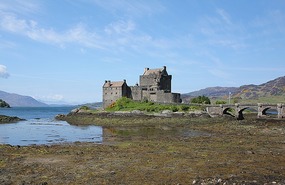
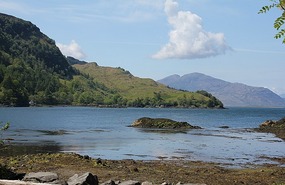
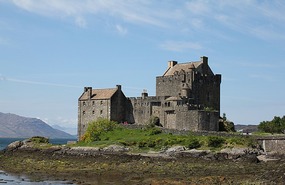
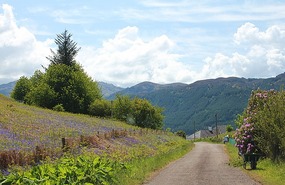

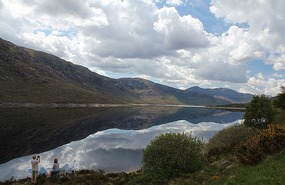
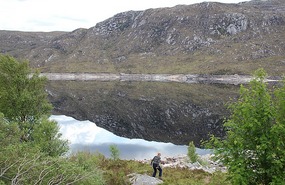
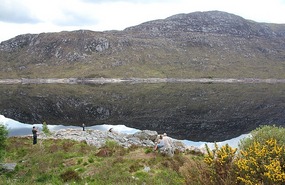
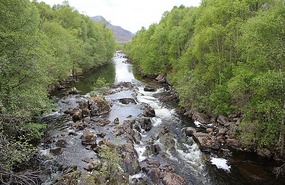
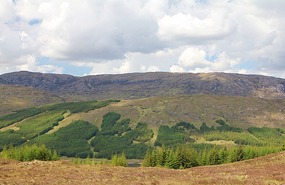
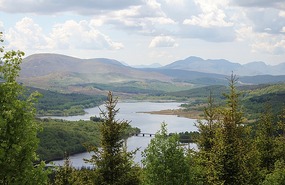
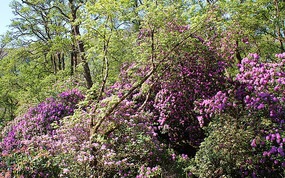


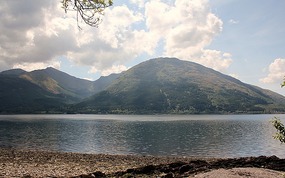
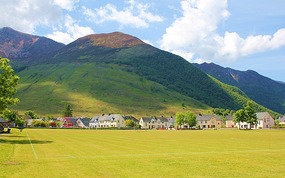
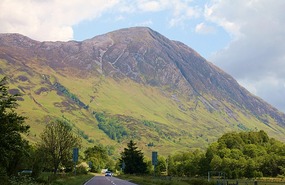
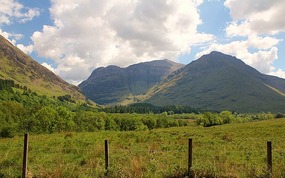
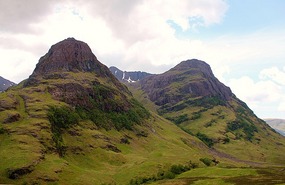
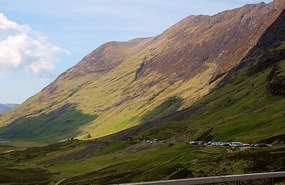

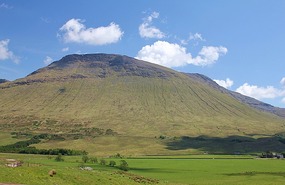
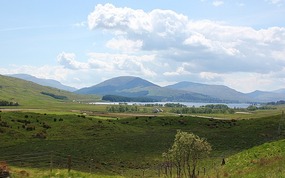

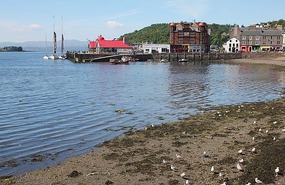
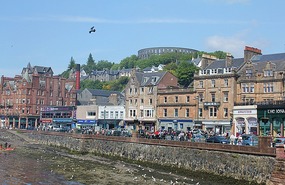
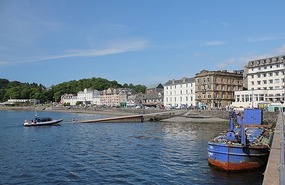
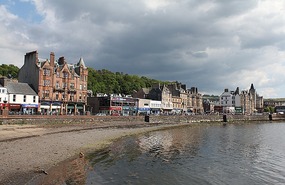
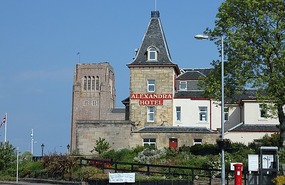


2025-05-23